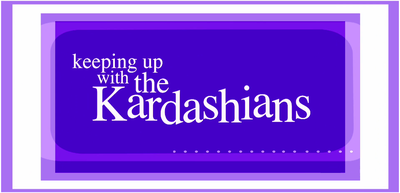 Most students would say that school—secular school or religious school—is boring.
Most students would say that school—secular school or religious school—is boring.That may be no surprise to anyone. School subjects just aren’t as interesting as, say, the Kardashians.
What is surprising is that students say that school is often more boring than it needs to be. In other words, that we make it boring.
Grant Wiggins, the co-originator of the Understanding By Design approach that we use in some classes, surveyed students about this and then asked classroom teachers to have students write essays about what makes school boring. Students cited the same common practices over and over.
The most boring practice, according to students, is one that doesn’t affect my school: the misuse of PowerPoint. Making PowerPoint presentations is too time-consuming to do for a single class session. It appeals more to teachers who will give the same class five times in one day and repeat it every year.
Students thought that PowerPoint was useful when a presentation needed to include non-verbal content such as visual images or film clips. They said it was boring when the teacher read the content of the slides and expected them to take notes.
Reading aloud from the textbook also got low marks. Alas, we tend to do that in Hebrew school, partly because we don’t assign reading as homework.
On the other hand, having students read the textbook on their own during class time didn’t rate much better. To students, that came across as a demand that they learn the subject on their own, that they teach themselves.
If a school uses textbooks at all, it is difficult to reconcile these three things: no assigned reading as homework, no reading aloud during class, and no reading on one’s own during class, either.
According to some of the essays that Wiggins collected, the real problem with reading in class is that there is often too much of it in a single stretch.
One of the most striking points in the essays was that students want teachers to teach. That can mean various things, but the students had in mind (a) interacting with students, and (b) varying the methods during each class session.
The first of these is reminiscent of President James Garfield’s comment about Mark Hopkins, a nineteenth-century educator who was the president of Williams College for 36 years. Garfield defined a university as “Mark Hopkins on one end of a log and a student on the other. “
The oldest model we have for Jewish education is that of one of the ancient rabbis with students gathered around him—no PowerPoint. The students learned chiefly through discussion with their rabbi. While they would read earlier rabbinic texts, their study emphasized extracting the most possible meaning from short extracts. They had no state-mandated tests.
The rabbis of old did not vary their teaching methods much, if at all. But there is also historic Jewish guidance for that, from Maimonides in the Mishneh Torah. Maimonides says that if a teacher has taught the lesson and a student does not understand, the teacher must teach the lesson again. The Hebrew word he uses, however, can be read to mean that the teacher should teach the lesson differently the second time.
No comments:
Post a Comment